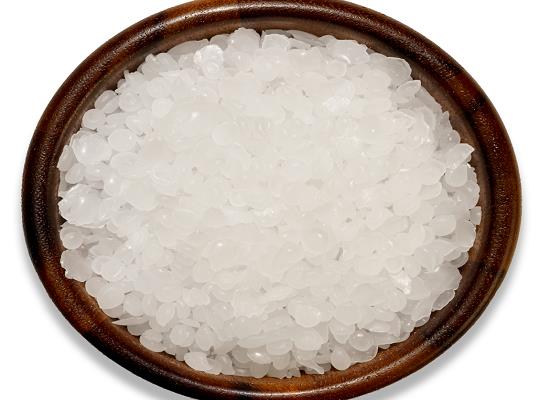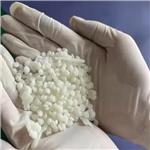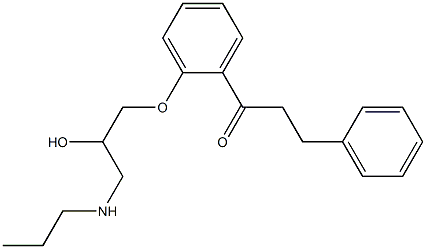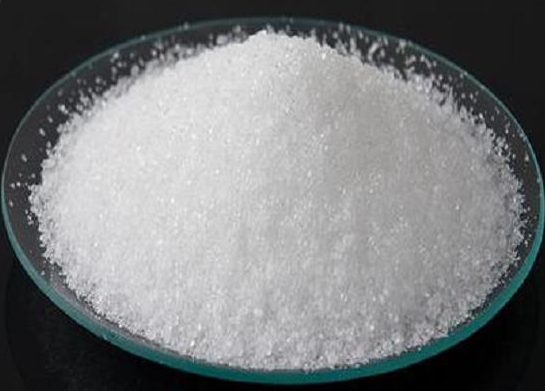Paraffin Wax: Crystalline Behavior and Applications in Heat Storage
General Description
Paraffin belongs to the family of saturated hydrocarbons. The paraffins with carbon atoms between 5 and 15 exist in liquid form at room temperatures, whereas those with more carbon atoms are considered waxy solids. The commercially available paraffin wax consists of different combinations of straight-chain hydrocarbons with more than 15 carbon atoms and a melting point ranging from 23 to 67°C. These paraffin waxes are easily available and cheap. Paraffin wax is obtained from the crude petroleum distillate fraction, which is composed of a mixture of solid hydrocarbons formed by the catalytic polymerization of ethylene. Paraffin wax has been used in the preservation of fresh fruits and vegetables and dairy products, such as cheese. This paraffin wax is also used on cucumber, eggplant, sweet potatoes, and citrus fruits.

Crystalline Behavior
With the rapid development of the industrial economy, the social demand for oil is increasing rapidly, and the rational exploitation of high-waxy crude oil has become an important way to solve the problem of conventional crude oil depletion. However, when the ambient temperature drops to the wax appearance temperature (WAT), the paraffin in high-waxy crude oil will precipitate in the form of crystals to form solid-liquid suspensions. The strong interaction between wax crystals leads to the gradual increase of wax crystal size and the formation of a three-dimensional (3D) network structure, which contains liquid hydrocarbons, thus reducing the fluidity of crude oil. At the same time, asphaltene will affect the wax appearance temperature (WAT) and the crystal morphology of wax molecules and further increase the viscosity of crude oil. Indeed, paraffin wax can be deposited on railcars, crude tank walls, and pipelines. Therefore, paraffin wax deposition will increase transportation energy consumption. At the same time, paraffin wax adheres to the walls of pipes and containers and will attract amines to the walls, causing local corrosion. Though the composite of crude oil is very complex, it isgenerally believed that the deposition is caused by the crystallization of n-alkanes in paraffin wax.
To address the above problems, researchers developed viscosity reducers. Some heavy oil viscosity reducers can reduce the viscosity of heavy oil and effectively prevent the crystallization of paraffin and promote the development and utilization of high-waxy crude oil.
Heat Storage
With an enthalpy of fusion between 150 kJ/kg and 220 kJ/kg, paraffin wax is one of the most popular storage materials. Its thermal conductivity is relatively low, with values of 0.15 W/m K to 0.30 W/m K, around one order of magnitude below that of a water-saturated gravel。 Aside from this, it is hydrophobic and non-toxic. These favourable properties support the use of paraffin wax for lateral thermal insulation and energy absorption, while melting paraffin wax consumes energy and thus keeps it in the system. A recuperation effect may be utilized when the storage cools down, and paraffin wax solidification enables recovery of the heat stored in the phase change. The conventional use of paraffin wax as a thermal storage medium already makes use of these effects in various respects. In encapsulated form or as a composite material with polymers, it has been employed, for example, for thermal component activation within buildings and small-scale thermal storage applications. However, if the paraffin wax is integrated directly and made available as a mobile medium in its liquid, molten state, it may be able to clog leakages in the sealing layers of storage systems via its hydrophobic properties. Direct contact with cold surroundings next to the insulation membrane would cool down and prevent water loss from the basin.
1. Wang J, Hao Y, Zhu B, Han T, Li Z, Zhang J. Crystalline Behavior of Paraffin Wax. J Phys Chem B. 2022; 126(4): 985-995.
2. Bott C, Dressel I, Bayer P. Paraffin wax as self-sealing insulation material of seasonal sensible heat storage systems-A laboratory study. PLoS One. 2020; 15(7): e0236056.
References:
[1] Crystalline Behavior of Paraffin Wax[C]. 1900. DOI:10.1021/acs.jpcb.1c10000.s001.[2] CHRISTOPH BOTT P B Ingo Dressel. Paraffin wax as self-sealing insulation material of seasonal sensible heat storage systems-A laboratory study.[J]. ACS Applied Bio Materials, 2020. DOI:10.1371/journal.pone.0236056.
Related articles And Qustion
Lastest Price from Paraffin wax manufacturers

US $100.00/kg2025-11-15
- CAS:
- Min. Order:
- 1kg
- Purity:
- 99%
- Supply Ability:
- 20tons

US $100.00/kg2025-11-15
- CAS:
- Min. Order:
- 1kg
- Purity:
- 99%
- Supply Ability:
- 20tons



